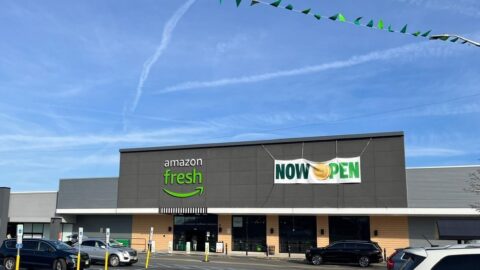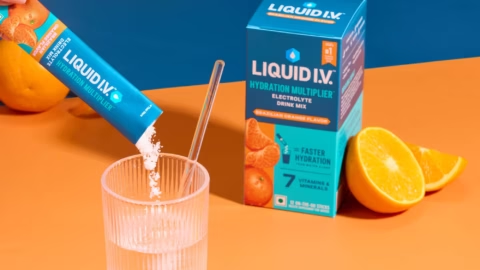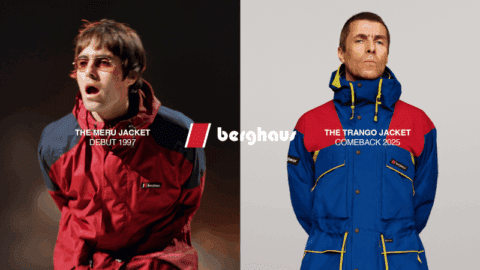Inflation, the war in Ukraine and other global concerns have put a damper on many shoppers’ sustainability demands —leaving just 18% of the population identifying as Eco Actives, consumers for whom reducing their waste remains a firm habit, according to Kantar’s Who Cares, Who Does 2022 study. However, these shoppers are still worth $376 billion in annual sales to the industry, and the wider public’s interest in reducing waste isn’t gone forever.
“I believe that [interest in sustainability] will resume increasing,” said Natalie Babbage, Global LinkQ Director at Kantar in an interview with Retail TouchPoints. “Because of that, I think it’s really important that brands don’t invest against it. There’s a lot of development involved. You can’t just flip your strategy just like that.”
The number of Eco Actives is down four percentage points from Kantar’s 2020 and 2021 reports, while the number of Eco Dismissers, who show little to no interest in the environment, has risen seven percentage points, to 44% of shoppers, since 2020. While this shift is notable, it’s not surprising given shoppers’ current top-of-mind concerns: 45% of respondents agreed or strongly agreed with the statement “I have found it harder to act sustainably recently due to social or financial constraints,” while only 15% disagreed.
Price and availability concerns both exert heavy influences on the actions of Eco Considerers, who genuinely care about environmental issues but are unlikely to act upon them. These shoppers identify price and convenience as their biggest barriers to buying more sustainability-minded products, but they’re worth getting on board — they represent 38% of the global population and $766 billion in total spending.
The opportunity to build sustainability’s appeal with this significant chunk of the population is part of the reason why Babbage advises against cutting sustainability investments. While many are currently dormant in terms of acting on environmental interests, anything from sustained economic relief to a popular sustainability-focused documentary could make them willing to pay more for sustainable items once again.
Waste Reductions Need to Become Visible
One of the industry’s biggest challenges when it comes to sustainability is trust. More than half (53%) of shoppers agree that “all companies just care about profits and eco-claims are just another marketing tool,” while just 12% disagree. One of the major barriers that keeps shoppers from trusting retailers and brands is a lack of visibility. A full 62% of shoppers want to buy products with environmentally friendly packaging, but the most visible parts of stores are often full of excess plastic, while efforts being made to cut back are subtle.
“One thing is consistency,” said Babbage. “For example, you say, ‘We care about plastic on a really top-line level,’ but shoppers can literally go in the store and the first thing they see is a wave of plastic on fresh food. So you really do have to have visible changes. For example, light-weighting [a method of reducing the amount of plastic used in packaging] is a really common strategy. But when you hear there’s been a reduction in plastic — which is a great direction — it’s not visible. Most people aren’t putting that much thought into this. They just think, ‘Is it in a plastic package or not?’”
Consistency issues also require retailers to keep an eye on their waste across the entire supply chain, including post-consumer waste. Babbage noted that some UK retailers that offered soft plastic recycling found out the waste was being shipped to other countries rather than being properly recycled.
“They’re not fully monitoring their supply chain,” said Babbage. “They might be coming in with good intentions and good messaging, but they’re not following through all the way, and that leaves them open to damaging articles, and that damages people’s trust.”
Value Remains Part of the Sustainability Equation
What do retailers need to do to draw in Eco Considerers? Offer a better value. Refills are one option for combining cost savings with reduced plastic waste, but Babbage noted that these options are often tied to premium products, such as refillable pasta containers with only organic brands available. This makes a certain amount of sense, as Eco Actives tend to show interest in premium brands, but casting a wider net requires a different strategy.
“If you can marry value with less plastic and more eco-positioning, then you’re going to be meeting consumer needs for this moment, as well as meeting your targets to reduce plastics,” said Babbage.
She highlighted UK-based grocer Morrisons’ pick-your-own-eggs program as an example of a successful strategy. The program let shoppers choose how many eggs they wanted to buy at a time, anywhere from one to 30, and put them in a reusable tray. The promotion gives shoppers greater control over their budgets while simultaneously reducing waste.
Ultimately, any individual action won’t be enough to truly move the needle to bring in masses of sustainability-minded customers. Retailers need to create a comprehensive strategy that has options for shoppers of all stripes while proving the company’s true dedication to tackling environmental challenges.
“You want to make sure you’ve got the right range [assortment], so look at eco brands and consider what brands customers want to buy,” said Babbage. “You have to make sure you’ve got the right format, so you’re considering refills or just having the packaging off. Then really tie things to value and other benefits. There’s a temptation to put the eco products in a special aisle like they do for free-from and have it premium, but it needs to be part of your shopping experience. That’s how you bring people in with it and that’s how you grow.”















